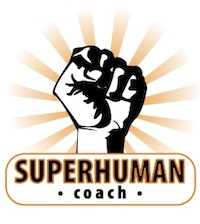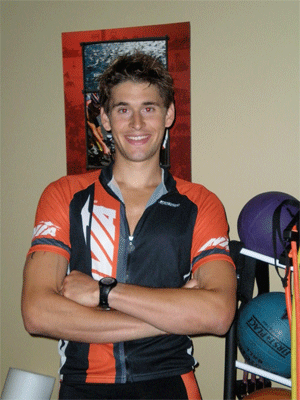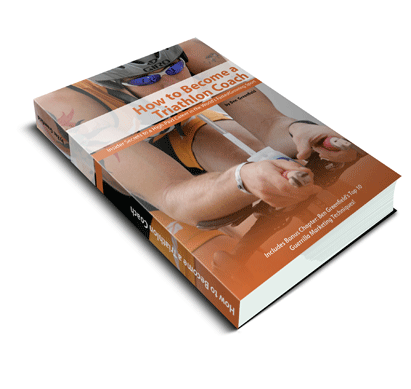Ready to learn more about how to teach your personal training clients about nutrition? Today, you’ll learn how to emphasize the importance of water…and remember: when you teach your clients, your clients get better results, and your business grows.
Consider the following facts:
• Your speed on a bike decreases about 2% for each 1% of body weight lost through dehydration
• By the time you feel thirsty, you can already be at 2% body weight loss
• A 3% weight loss indicates dehydration has occurred
• Loss of fluid during exercise varies, but averages about 34 ounces per hour (3x that much in hot and humid conditions!)
• Hyponatremia, which is just as dangerous as dehydration, is a term used to describe “water intoxication” and can occur with excess water intake
• Acclimatized individuals who are used to training in hot climates or hot rooms can reduce fluid loss by up to 50%
Based on these facts, it would pretty important to make sure your personal training clients know all about proper water intake.
After you’ve introduced the facts above, teach your clients the proper formulas and rules for determining regular daily hydration and exercise hydration:
• Divide your weight in half to determine the ounces of water you should drink per day. So a 160 pound cyclist would consume about 80 ounces of water, or 10 8 ounce servings.
• During exercise, the goal should be to consume about17-25 ounces per hour, or around 4-8 ounces every 15-20 minutes. A typical large water bottle is 20-25 ounces.
• Before a long exercise session, such as a multi-hour spin class or trip to the gym, the goal should be to consume 17-25 ounces per hour for 2-3 hours leading up to event (always taper off consumption about 20 minutes before to eliminate “stomach sloshing”.
• Unless in very hot and humid conditions, over 28 ounces per hour can cause water dilution in the blood, which disrupts normal cellular metabolism and physiology, often with dangerous consequences, such as swelling around the brain. High-end intake above these values should only occur during exercise in hot and humid conditions.
There are a few other good quick tips to share with your class, that they’re sure to appreciate:
• To avoid taking in too much water, you can combine hydration with doses of external water to control heat stress, such as squirting some cold water over your head.
• For people who tend to sweat and cramp excessively, glycerol supplementation can help maximize water storage.
• Cold water is absorbed more rapidly than warm water
• Pay attention to urine color – pale to light yellow is optimal
• You can lose up to a pound in glycogen, fat and muscle tissue during a 3+ hour training session, so account for this when re-hydrating, or when weighing yourself after exercise to see how much you’ve lost
• Remember…you still evaporate water in cooler training environments!
No discussion of water would be complete without emphasizing that liquid compounds that are full of fructose, glucose or artificial colorings and sweeteners are not to be considered normal hydration methods, and should only be consumed when completely necessary, such as during a multi-hour training session during which calories are necessary.
You should also emphasize to your clients the importance of choosing clean, filtered water, and avoiding heavy consumption of water from plastic bottled sources, especially in the heat.
In Part 5 of this series, we’ll cover the other crucial aspect of hydration: electrolyte intake.
Do you like this series so far? Ben Greenfield is the author of the book “Personal Trainers’ Guide to Earning Top Dollar”, and in the book, he teaches more concepts just like this.




